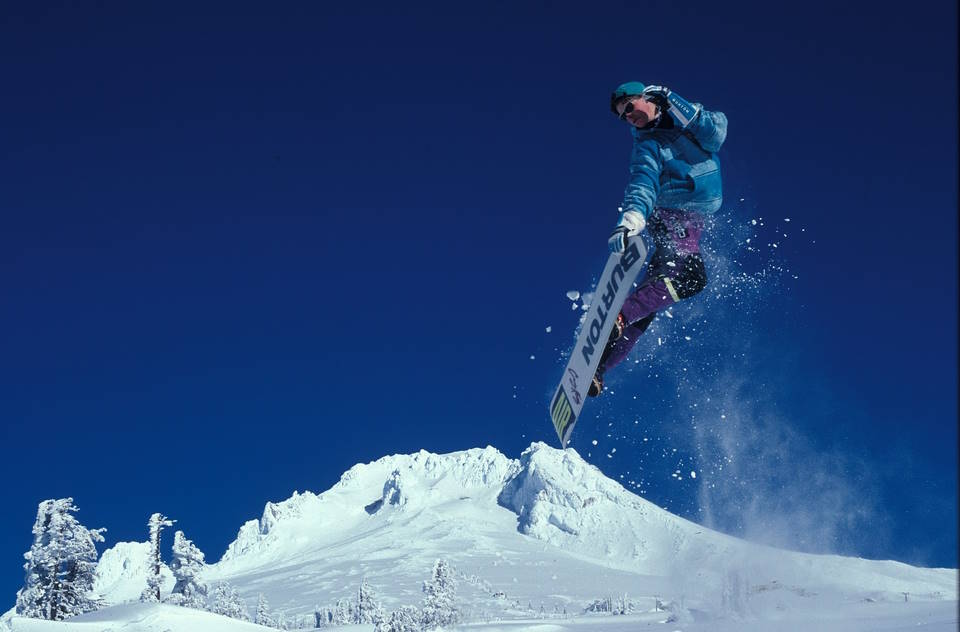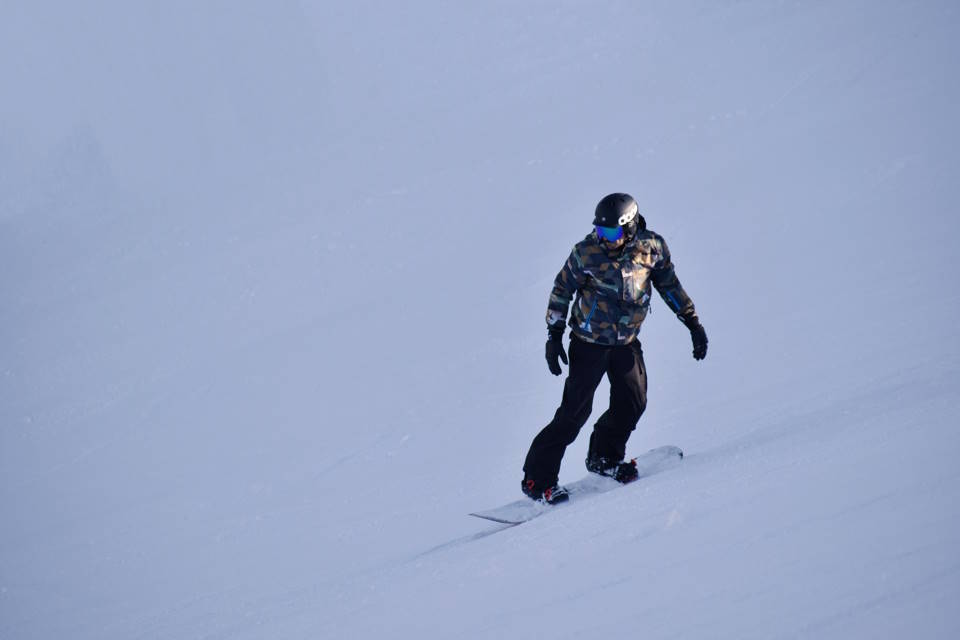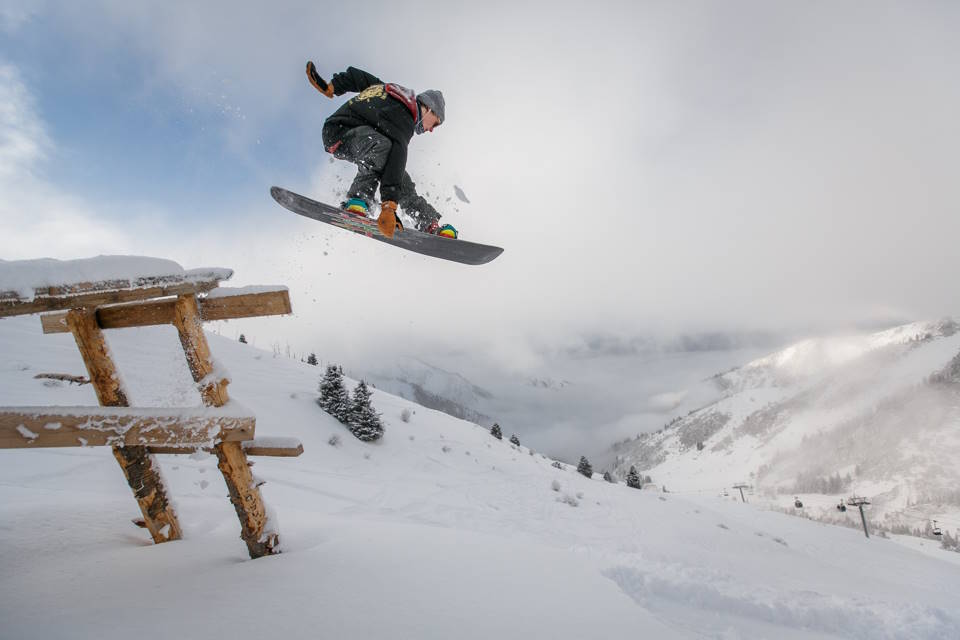Are you ready to hit the slopes this winter? Before you do, it’s important to make sure your snowboard is in top condition for optimal performance. In this blog post, we’ll walk you through the step-by-step process of waxing your snowboard. From gathering the necessary supplies to buffing the wax for a smooth finish, we’ve got you covered. Whether you’re a seasoned shredder or a beginner looking to learn the ropes, our guide will ensure that your snowboard is primed and ready for a great day on the mountain. Let’s dive in and get started!
Gathering The Necessary Supplies
Gathering the necessary supplies is a crucial step when preparing to wax your snowboard. Without the right tools, your waxing process may not be as effective or efficient. So, what are the essential supplies you need? Let’s dive in and find out!
The first item on your list should be a snowboard wax. There are various types of wax available in the market, such as warm temperature wax, cold temperature wax, and all-temperature wax. Make sure to choose the one that suits the current weather conditions and your riding style.
In addition to wax, you’ll need an iron specifically designed for waxing snowboards. Using a regular household iron could damage your board or result in uneven wax distribution. Investing in a proper snowboard iron is essential for achieving optimal results.
Next up, you’ll need a scraper. This tool is used to remove excess wax from your board after it has been applied. Make sure to choose a scraper that fits the width of your snowboard to ensure a smooth and even removal process.
- Now, let’s talk about protective eyewear. Waxing your snowboard can be a messy process, and tiny wax particles could end up in your eyes if you’re not careful. Protect your vision by wearing safety goggles or sunglasses to avoid any unnecessary discomfort.
- Furthermore, having a sturdy workbench or table to secure your snowboard is essential. You need a stable surface to ensure your board stays in place while you apply the wax. A wobbly table could lead to uneven wax distribution or accidental damage to your board.
- Last but not least, consider using a waxing mat or towel to protect your workspace from any wax spills or stains. Wax can be difficult to clean off certain surfaces, so having a protective barrier is a great idea to keep your workspace tidy and free from any potential damage.
| Supplies to Gather: | Reason: |
|---|---|
| Snowboard wax | Essential for the waxing process |
| Snowboard iron | Ensures even wax distribution |
| Scraper | Removes excess wax |
| Protective eyewear | Prevents wax particles from entering the eyes |
| Sturdy workbench or table | Secures the snowboard during wax application |
| Waxing mat or towel | Protects the workspace from wax spills |
Preparing The Snowboard Surface
When it comes to preparing your snowboard surface, there are a few crucial steps you need to follow to ensure optimal performance on the slopes. Whether you’re a seasoned rider or a beginner, taking the time to properly prepare your snowboard can make all the difference in your ride.
The first step in preparing the snowboard surface is to give it a thorough clean. Use a snowboard-specific cleaner or mild soap and water to remove any dirt, grime, or residue that may have accumulated on the base. This will ensure that the wax adheres properly and allows for smooth gliding.
Once the surface is clean, you’ll want to inspect it for any imperfections or damage. Look for any scratches, gouges, or dings that may need to be repaired before waxing. If you come across any deep scratches or significant damage, it’s a good idea to take your snowboard to a professional for repairs.
Applying The Wax
So, you’ve got your snowboard all prepped and ready to hit the slopes. Now comes the important step of applying the wax. This step is crucial as it ensures that your board glides smoothly and effortlessly on the snow. Before you start, make sure you have all the necessary supplies, such as a block of wax, an iron, and a plastic scraper. Once you’ve gathered everything you need, you’re ready to get started!
To begin, plug in the iron and set it to a low to medium heat. You don’t want the wax to melt too quickly or become burnt. While waiting for the iron to heat up, take your block of wax and hold it against the base of the board. Slowly move the wax block back and forth, allowing the melted wax to drip onto the surface of the board. Make sure to cover the entire base, working from tip to tail.
After you’ve applied the wax, take the iron and slowly glide it over the waxed surface. The heat from the iron will help to distribute the wax evenly across the base of the board. Move the iron in a smooth, continuous motion, being careful not to linger in one spot for too long. Once you’ve covered the entire board, set the iron aside and let the wax cool and harden for about 10-15 minutes.
After the wax has hardened, it’s time to scrape off the excess. Take your plastic scraper and firmly hold it at a 45-degree angle against the base of the board. Apply even pressure as you scrape from tip to tail, removing any excess wax. This step is important as it helps to create a smooth and consistent surface, maximising your board’s performance on the snow.
- Now that you’ve applied and buffed the wax, your snowboard is ready to hit the slopes! Remember to regularly wax your board throughout the season to maintain optimal performance. Happy riding!
| Supplies | Description |
|---|---|
| Block of Wax | Choose a high-quality snowboard wax that suits the temperature and snow conditions. |
| Iron | Ensure your iron has a temperature control setting and is dedicated to waxing purposes only. |
| Plastic Scraper | Use a scraper specifically designed for snowboard waxing to avoid damaging the base. |
Buffing The Wax For A Smooth Finish
Buffing the wax for a smooth finish is the final step in the process of waxing your snowboard. It is an essential step to ensure that your board glides effortlessly on the snow and maintains optimal performance. After applying the wax and letting it cool and bond with the base of your board, it is time to give it that finishing touch.
To start buffing the wax, you will need a dedicated wax scraper or a plastic card. This will help remove any excess wax from the surface of your board. Hold the scraper or card at a 45-degree angle and firmly but gently scrape from nose to tail. Be careful not to press too hard as this could damage your board.
Once you have removed the excess wax, it’s time to grab a buffing pad or a soft cloth. Fold the cloth into a small square and hold it firmly in your hand. Using small circular motions, rub the cloth against the base of your board to polish the wax. Apply gentle pressure and continue buffing until you achieve a smooth and glossy finish.








